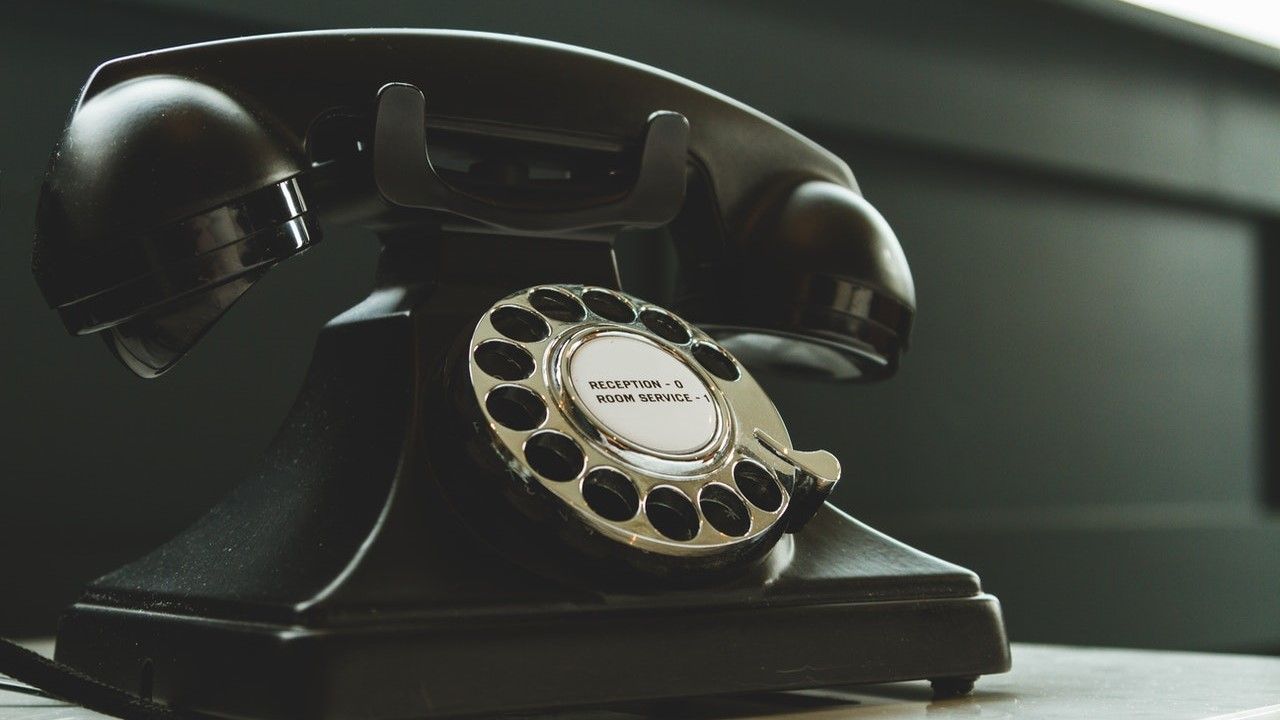Analog Revival Challenges the Rise of AI-Generated Content

Key Points
- Cassette tapes, disposable cameras, rotary phones and flip phones are gaining renewed interest.
- Self‑identified neo‑Luddites view analog media as a response to AI‑driven cultural dominance.
- Critics say AI content lacks the authentic errors and texture of human‑created art.
- AI‑generated mistakes are described as nonsensical rather than charming human slip‑ups.
- The movement underscores a desire for tangible, imperfect experiences over polished digital output.
A growing cultural movement is embracing analog formats—cassette tapes, disposable cameras, rotary phones and flip phones—while questioning the dominance of AI-generated media. Participants, often described as neo‑Luddites, argue that AI’s polished output lacks the texture, errors and spontaneity that make human‑created art memorable. The trend reflects a broader desire for tangible experiences and a resistance to the increasingly sterile aesthetic of algorithmic content.
Analog Formats Resurface
Recent observations note a resurgence of analog media, including cassette tapes, disposable cameras, rotary‑dial landlines and screenless flip phones. Enthusiasts are turning to these older technologies as a counterpoint to the pervasive presence of artificial‑intelligence‑generated content.
Neo‑Luddite Sentiment
Those embracing the analog revival often describe themselves as neo‑Luddites. Rather than targeting server farms, their focus is on challenging the narrative that AI should serve as a conversational or artistic partner. The movement is less about nostalgia and more about rejecting a version of reality shaped by AI’s highly optimized, uniform output.
Critique of AI Content
Critics argue that AI content, while capable of rapid production, tends toward a “colorless, inoffensive” style. They point out that AI’s mistakes differ from human error; instead of misspelling a name or misquoting a lyric, AI may generate nonsensical or even libelous explanations. This lack of authentic imperfection, they claim, leaves AI‑generated media feeling “weightless” and “empty.”
Human Artistry vs. Algorithmic Perfection
Supporters of analog media emphasize the value of texture, metaphorical “grime,” and the unpredictable errors that characterize human creativity. They contend that polish does not equal quality, and that the most memorable images or phrases often bear the marks of human imperfection. In contrast, AI’s attempts at mimicking human quirks are seen as mechanical rather than organic.
Desire for Tangible Experience
The analog resurgence reflects a broader yearning for tactile, sensory experiences—such as the hiss of vinyl or the static of a rotary phone—that digital alternatives cannot replicate. Even as AI improves and begins to simulate human nuances, proponents argue that the static and imperfections of analog media will continue to hold appeal.